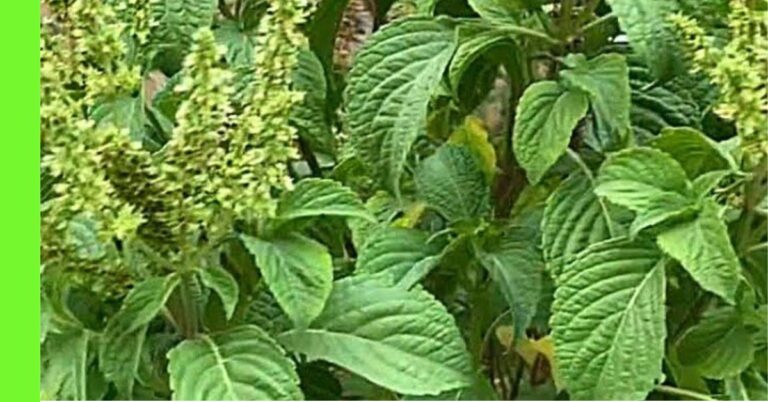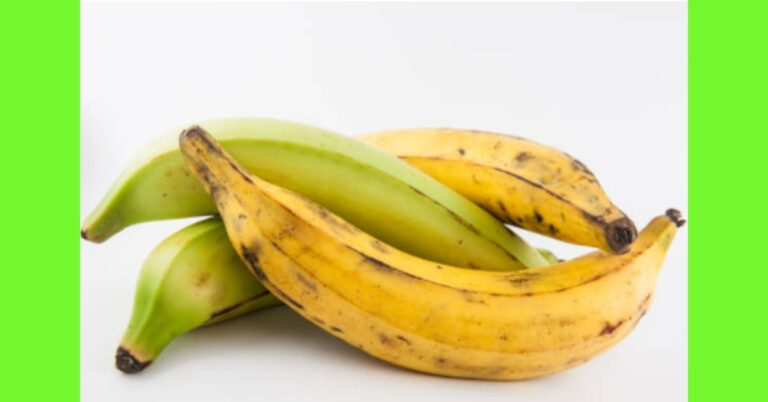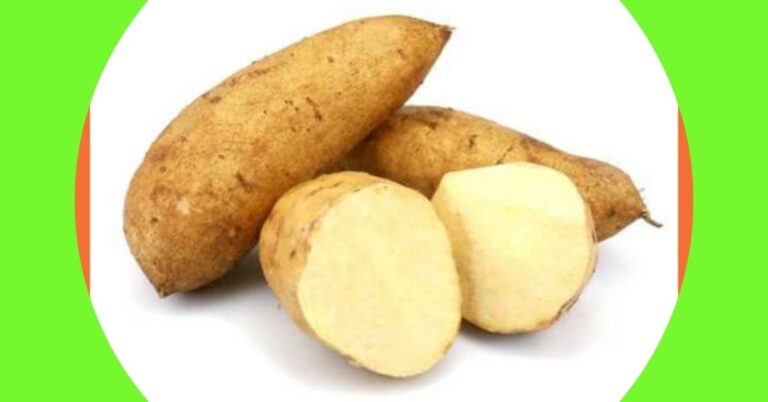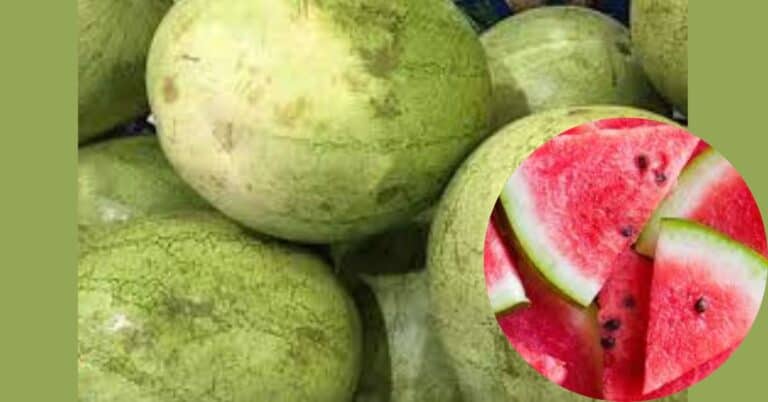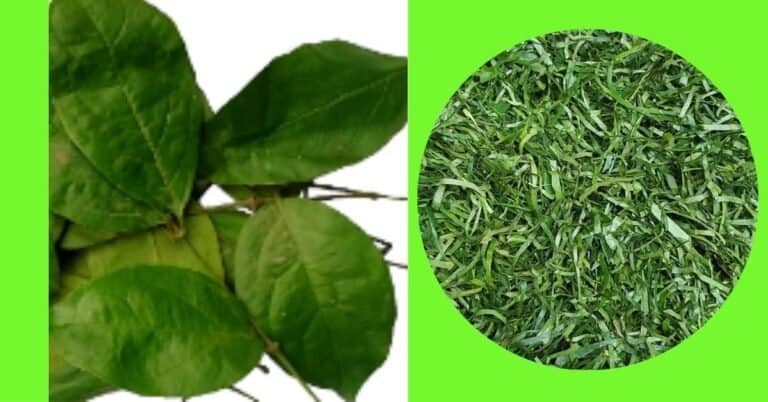Waterleaf: Simple Facts, Uses You Want To Know
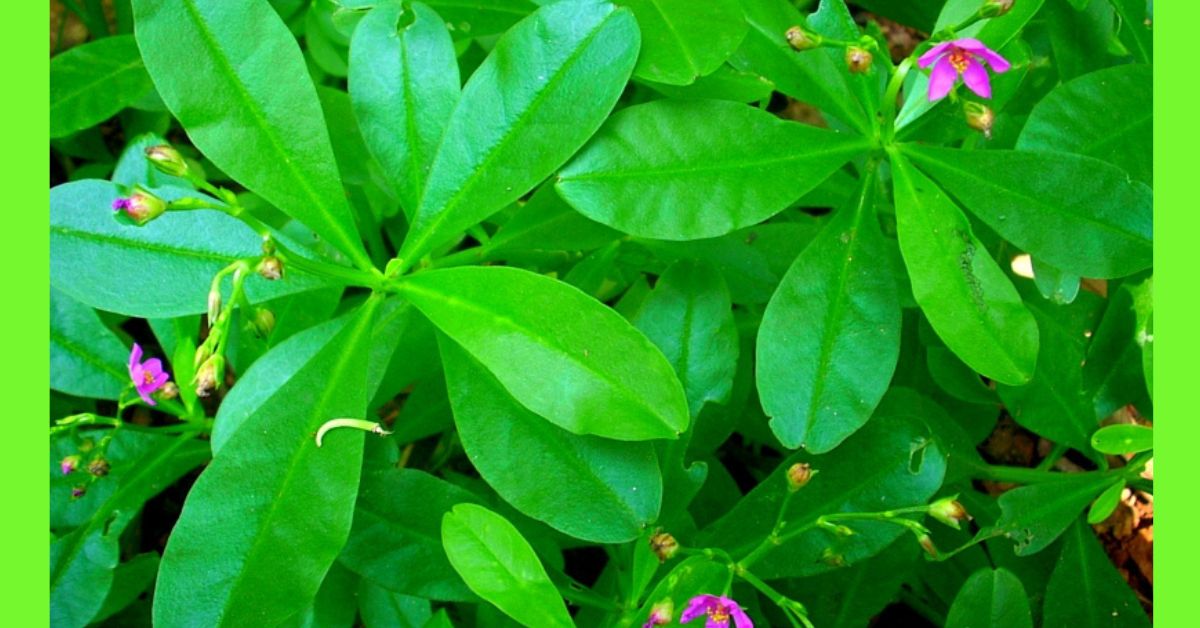
Botanical Name: “Talinum triangulare” and sometimes referred to as “Talinum fruticosum”.
Waterleaf is a vegetable crop that is found in Nigeria.
Its among the common vegetable used for food in the country
It is called Akwukwo mmiri in Igbo, Gbure in Yoruba, Alenyruwai in Hausa,
This leaf is also grown in other African countries, Asia, Central and South America.
The edible leaves are soft, succulent, and highly nutritious.
If there is that plant that should be referred to as an edible weed, water leaf takes the trophy!
Description
Its name accurately describes how its leaves resemble those of a water-saturated plant.
The leaves are light green in colour and tasty when cooked,
Waterleaf is categorized as a weed by scientists;
It grows very easily from seeds and cuttings during the wet season.
It is a highly perishable vegetable
It is grown in gardens and farms, it also serves as a decorative pot plant because of its beautiful purple flowers.
Nutritional Information
| Moisture | 10.37% |
| Fibre | 16.48% |
| Fat | 2.23% |
| Protein | 11.88% |
| Ash | 13.29% |
| Carbohydrate | 45.80% |
Source: Researchgate
Uses of Water Leaf
The uses of water leaf can be categorized into its culinary uses and the health uses;
Culinary Uses
Due to its great nutritional value, refreshing taste, and versatility, waterleaf is used in many different cuisines to make a variety of meals,
For example soups, sauce and stew, some popular soups cooked with waterleaf are Edikaikong, afang soup, egusi soup).
Waterleaf young shoots and leaves are typically combined with any such as veggies ugu (fluted pumpkin leaves), corchorus (jute) leaves, or gnetum africanum (okazi leaves), bitter leaf to make vegetable soup or sauce.
Igbo, Yoruba, Efik, and Ibibio cultures all like this type of vegetable soup.
It is used in enormous numbers in the southern region of Nigeria because it thickens sauces.
Certain individuals consume the raw leaves in salads and some use it when cooking okra soup.
Health Uses
This vegetable is high in water content and rich in minerals, vitamins, lipids, crude protein, crude fiber, and other components that make it both nutritious and therapeutic in a variety of ways.
Numerous biological and pharmacological effects, including anti-inflammatory, anti-fungal, and antibacterial qualities, are displayed by waterleaf.
It improves digestion, weight loss, healthy teeth and bones, and cognitive function.
It enhances blood coagulation, heart health, and blood cells.
It strengthens the immune system to combat infections and illnesses and supports bone and eye health.



